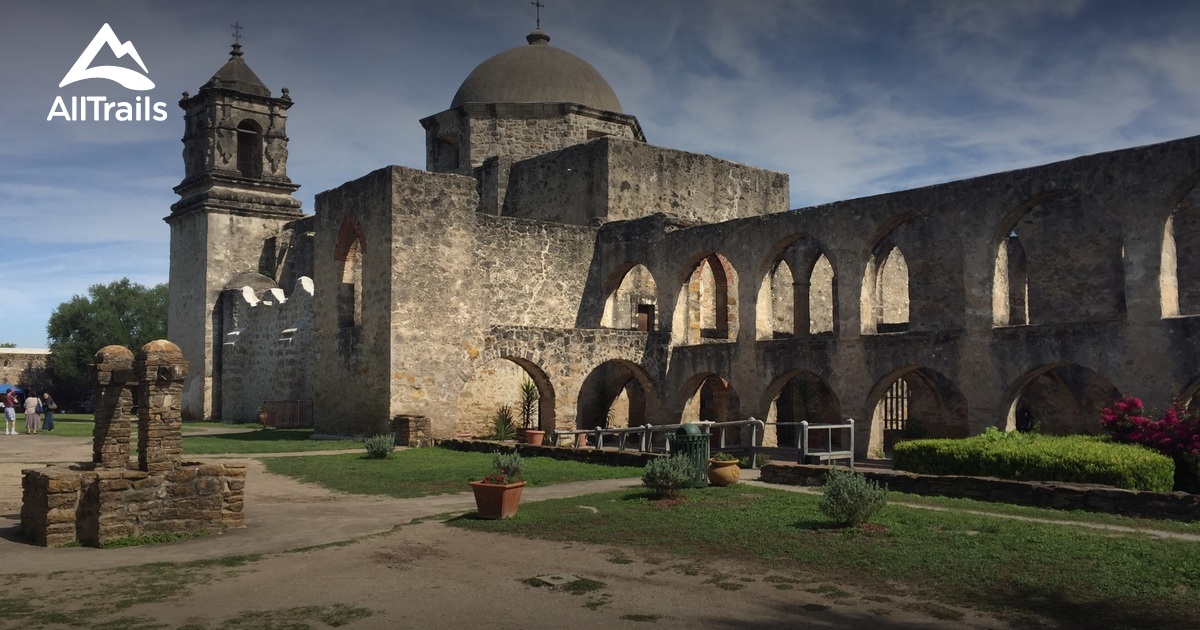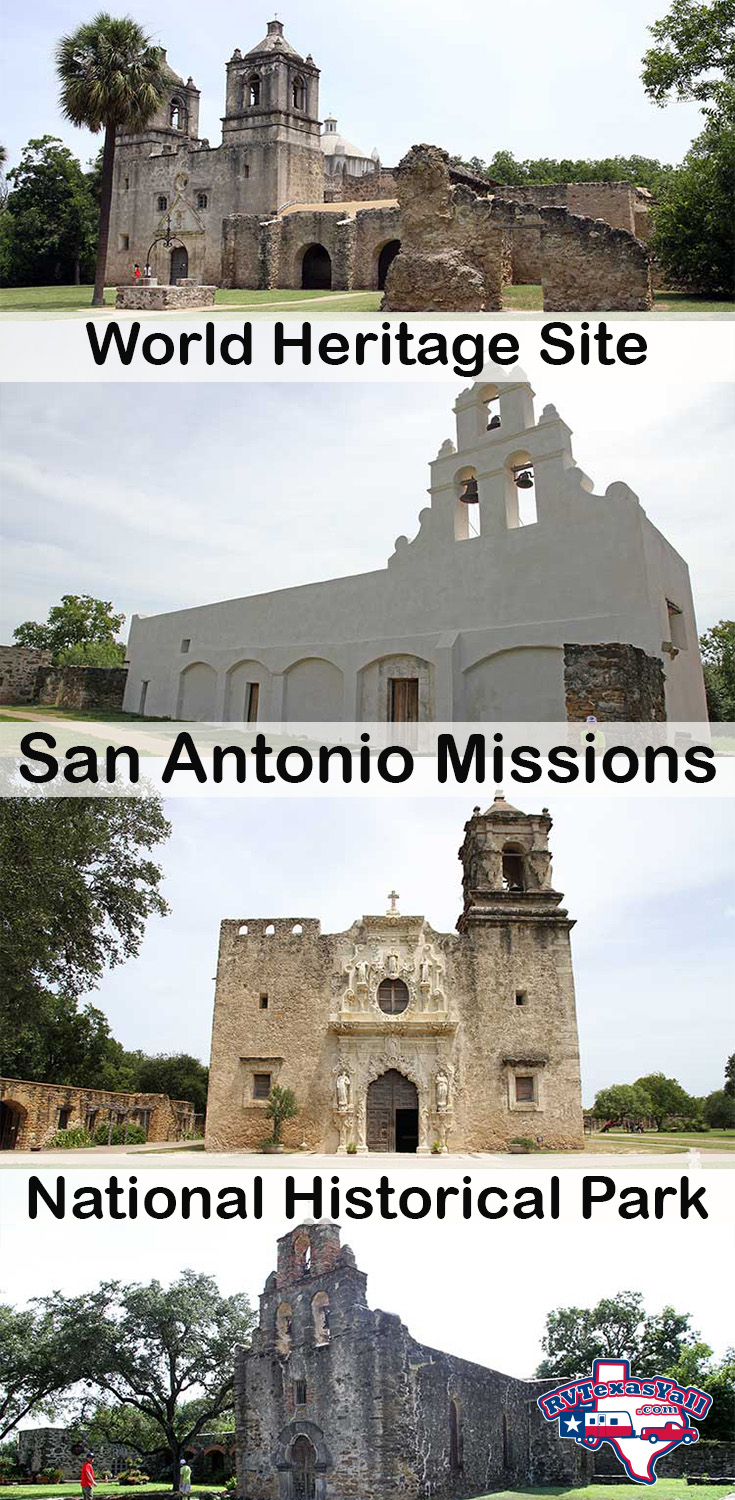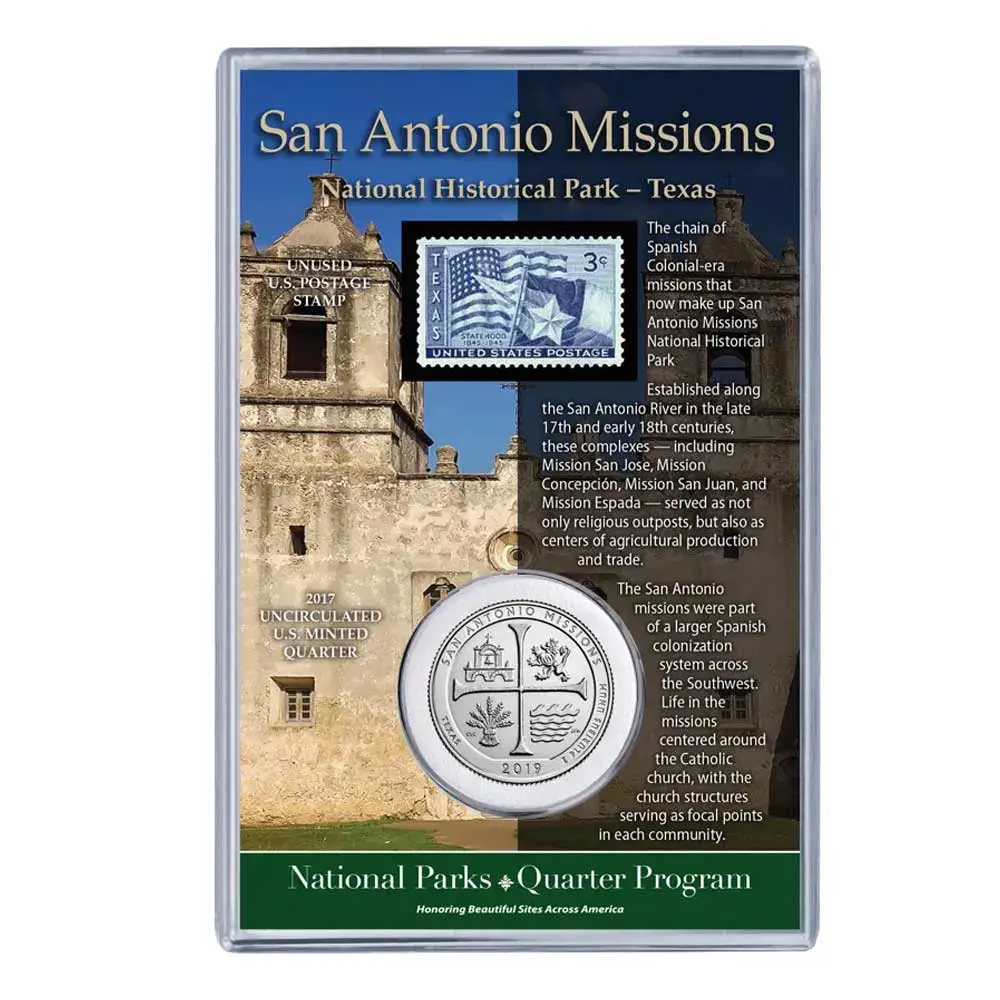Guided San Antonio Missions National Historical Park Tours: Discover the History
Guided San Antonio Missions National Historical Park Tours: Discover the History
Blog Article
Check Out the Rich History of San Antonio Missions National Historical Park: a Comprehensive Overview to Its Cultural Significance and Preservation Initiatives
San Antonio Missions National Historic Park stands as a testament to a lost era, enveloping a rich tapestry of background and cultural significance. As we get started on a trip through the historical history of these missions, we reveal architectural marvels that have actually endured the examination of time. Beyond the simple physical structures, each goal, significantly Goal Espada, brings a profound cultural weight that reverberates deeply with those who discover its premises. Further delving right into the conservation efforts and obstacles faced by the park discloses a complicated interplay in between background, community, and conservation engagement. The story of San Antonio Missions National Historical Park is not merely about the past; it is a living story that continues to unfold, welcoming us to ponder its enduring heritage and the recurring initiatives to protect its heritage.
Historical Background of San Antonio Missions
The roots of the historic background of the San Antonio Missions run deep, linking Spanish colonial impact with aboriginal cultures in the South Texas region. Established in the very early 18th century, these goals were founded by Franciscan friars with the objective of spreading Christianity and transforming the local native populations. San Antonio Missions National Historical Park hours. The Spanish Crown sustained these missions as a way of strengthening control over the territory and expanding their impact in the New Globe
The Spanish promoters played a substantial role in shaping the cultural landscape of the region, introducing new farming methods, architecture, and spiritual methods. The aboriginal areas, such as the Coahuiltecans and various other people, engaged with the Spanish inhabitants, causing a blending of ideas and traditions.
In time, the missions came to be not only religious facilities but social and likewise financial centers, attracting inhabitants from various histories. Today, the San Antonio Missions stand as a testimony to this complicated history, showing the sustaining legacy of Spanish colonialism and the resilience of indigenous cultures in South Texas.
Building Wonders of the Goals
Having actually laid the foundation of social exchange between Native areas and spanish promoters, the building wonders of the San Antonio Missions exemplify a blend of Indigenous and european craftsmanship that proceeds to mesmerize visitors. These objectives, consisting of Goal San Jose, Goal Concepcion, Objective San Juan, Mission Espada, and the Alamo, display distinctive functions such as luxuriant exteriors, intricate carvings, vivid frescoes, and tough stone wall surfaces. The Spanish Colonial architecture, identified by curved doorways, bell towers, and large courtyards, shows a harmonious combination of Spanish style elements with indigenous building techniques.
Each goal within the San Antonio Missions National Historic Park informs a distinct story via its style, highlighting the development of building and construction styles and cultural influences with time. Visitors can wonder at the experienced workmanship apparent in the detailed stonework, hand-carved wooden doors, and religious iconography adorning the insides. These architectural masterpieces stand as long-lasting testimonies to the long-lasting heritage of the goals and the cultural heritage they stand for.
Cultural Importance of Goal Espada
With its historical roots deeply linked with the native societies of the region, Goal Espada stands as a symbol of cultural strength and adaptation within the San Antonio Missions National Historic Park. Established in 1690, Mission Espada was developed by Spanish Franciscans as a way to spread out Christianity amongst the Coahuiltecan individuals while also functioning as a center for agriculture and sector. The objective's social value depends on its duty as a meeting point between European and Native American customs, causing an unique blend of architectural designs, religious practices, and farming methods.
Objective Espada's legendary aqueduct, referred to as "Acequia de Espada," is a testimony to the design abilities of both Spanish and aboriginal peoples, showcasing their cooperation in constructing essential rivers for watering purposes. This unified combination of cultural influences is additional exemplified in the objective's elaborate makings, vibrant frescoes, and spiritual ceremonies that continue to be exercised to this particular day. As one of the earliest unrestored rock churches in America, Goal Espada stands as a living testimony to the long-lasting heritage of cultural exchange and adaptation that defines the San Antonio Missions National Historical Park.
Conservation Initiatives and Challenges
Preservation in keeping the historic honesty of Mission Espada runs into a myriad of complex obstacles that need innovative solutions and devoted stewardship. As one of the 5 missions within the San Antonio Missions National Historical Park, Goal Espada faces conservation concerns originating from ecological elements, city infringement, and the recurring fight versus natural deterioration. The delicate equilibrium in between conserving the original frameworks and ensuring site visitor gain access to and security calls for thorough preparation and implementation.
Efforts to maintain Goal Espada involve a multi-faceted method that includes routine maintenance, architectural assessments, and preservation projects. Cooperations in between park officials, chroniclers, excavators, and regional neighborhoods are important in developing sustainable conservation techniques. Obstacles such as moneying restraints, minimal sources, and the need for customized knowledge better complicate preservation initiatives.
Regardless of these challenges, the dedication to safeguarding Mission Espada's historical significance continues to be steady. With proceeded research, area interaction, and flexible preservation techniques, the preservation of Mission Espada stands as a testimony to the commitment towards safeguarding our cultural heritage for future generations.
Area Engagement in Park Preservation

One of the primary methods the park includes the community is with volunteer chances. Regional homeowners can get involved in conservation tasks, curricula, and special occasions, allowing them to add directly to the preservation of the park. This hands-on participation not just benefits the park in terms of added sources and workforce however additionally develops a more powerful connection in between the park and the community itself.
Furthermore, the park routinely looks for input from neighborhood stakeholders, consisting of area groups, services, and government companies, to guarantee that preservation efforts align with the requirements and worths of the bordering area. By engaging with the regional population in these meaningful ways, San Antonio Missions National Historical Park cultivates a society of preservation and sustainability that will certainly assist maintain this social treasure for future generations.
Verdict

Past the mere physical structures, each mission, notably Goal Espada, brings an extensive social weight that reverberates deeply with those who discover its grounds. These missions, consisting of Goal San Jose, Mission Concepcion, Goal San Juan, Goal Espada, and the Alamo, showcase unique functions such as luxuriant facades, elaborate carvings, vibrant frescoes, and tough stone walls.With its historical origins deeply linked with the aboriginal societies of the area, Objective Espada stands as a sign of social durability and adjustment within the San Antonio Missions National Historical Park (San Antonio Missions National Historical Park map). As one of the oldest unrestored stone churches in America, Objective Espada stands as a living testimony to the enduring tradition of cultural exchange and adjustment that defines the Continue San Antonio Missions National Historical Park

Please visit one of our local supporters- Brownstone Law San Antonio Appeals Attorneys
Report this page